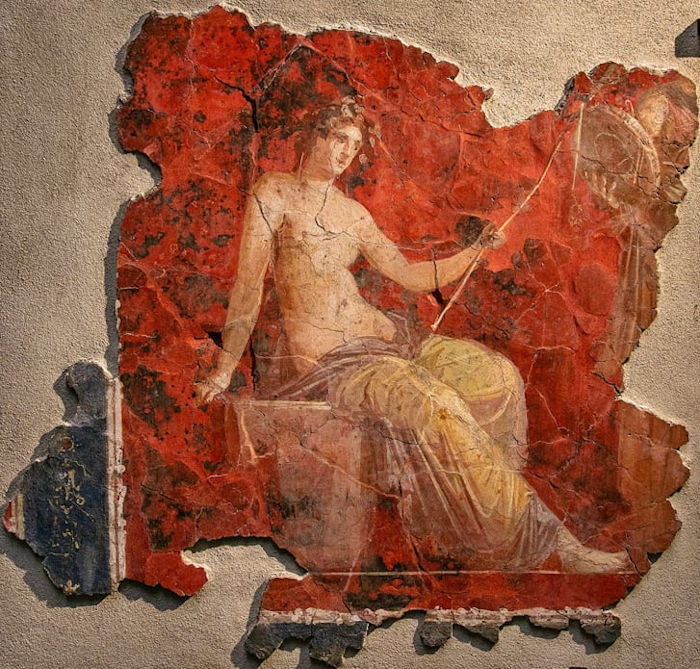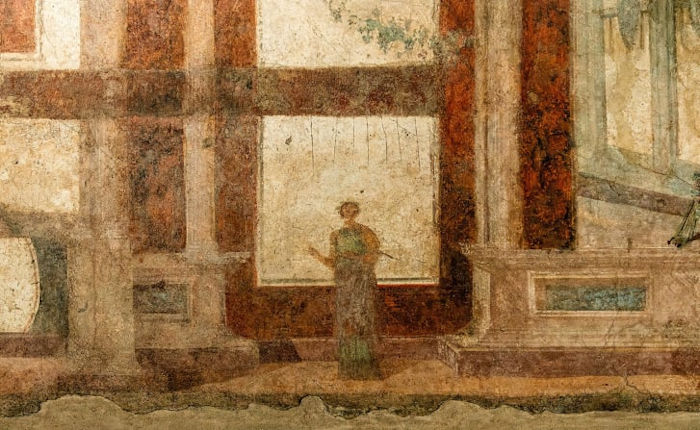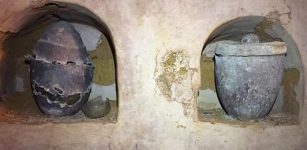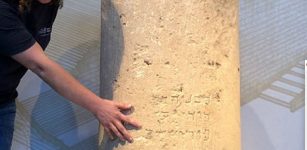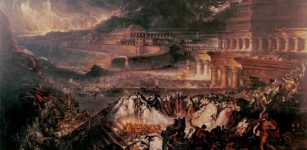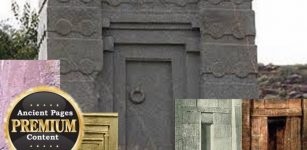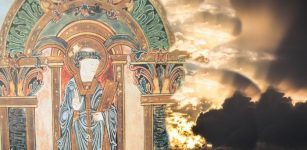Never-Before-Seen Frescoes From Hadrian’s Time Unveiled At Ancient Roman Baths
Jan Bartek - AncientPages.com - To ancient history and archaeology buffs it's always a joy to see historical treasures revealed to the public for the first time.
To many, it's a delight to hear that frescoes dating back almost 2,000 years to the time of the Roman Emperor Hadrian will now be on display to the public when they visit Rome's ancient Baths of Caracalla.
Dionysus, the god of wine, also known as Bacchus, depicted against a red background. Credit: Fabio Caricchia
"For the first time, visitors can admire parts of the frescoes from the ceiling of a second room of the domus (home) that collapsed," said Luca del Fra, a spokesperson for the Special Superintendence of Rome.
This was the ceiling of the triclinium -- the ancient Romans dining room -- and archaeologists have restored a part that shows Dionysius on a red background," del Fra told CNN.
The frescoes pre-date the baths, and adorned a house that was part of a neighborhood destroyed to accommodate the baths, which were inaugurated in 216 AD and named after Marco Aurelio Antonio Bassiano, known as Caracalla, the son of the emperor Septimus Severus.
Detail of a human figure. Credit: Fabio Caricchia
Other parts of the building were reserved for walking, studying, and doing sports.
The two frescoes are of different time periods. The first frescoe is typical of the Hadrian age, and reproduces architectural perspectives populated by human figures, statues, and rampant felines.
The second, produced around 50 years later, depicts divine figures from the Greco-Roman and Egyptian pantheons together, and the frescoes suggest that they were owned by a rich family, a statement said.
Anubis, the Egyptian god of death and the afterlife. Credit: Fabio Caricchia
"It's stunning that there are two separate pantheons or group of gods, one from the Greek-Roman tradition (Jupiter, Juno and Minerva) one from the Egyptian tradition (Anubis, Isis and probably Serapis)," del Fra told CNN. "This could indicate that the family who owned the domus had a close relation with Egypt."
Credit: Fabio Caricchia
Representing the Greco-Roman tradition are Jupiter, god of the sky, his consort Juno, protector and goddess of marriage, and Minerva, the goddess of wisdom. On the Egyptian side are Anubis, the god of death and the afterlife, Isis, goddess of fertility and motherhood, and potentially Serapis, a Graeco-Egyptian deity of the sun used to unite Greeks and Egyptians in Egypt.
See also: More Archaeology News
Meanwhile, the director of the Baths of Caracalla, Mirella Serlorenzi, said the presence of gods from two different traditions in the same artwork was characteristic of the "religious syncretism typical of ancient Rome since its foundation."
Written by Jan Bartek - AncientPages.com Staff Writer

